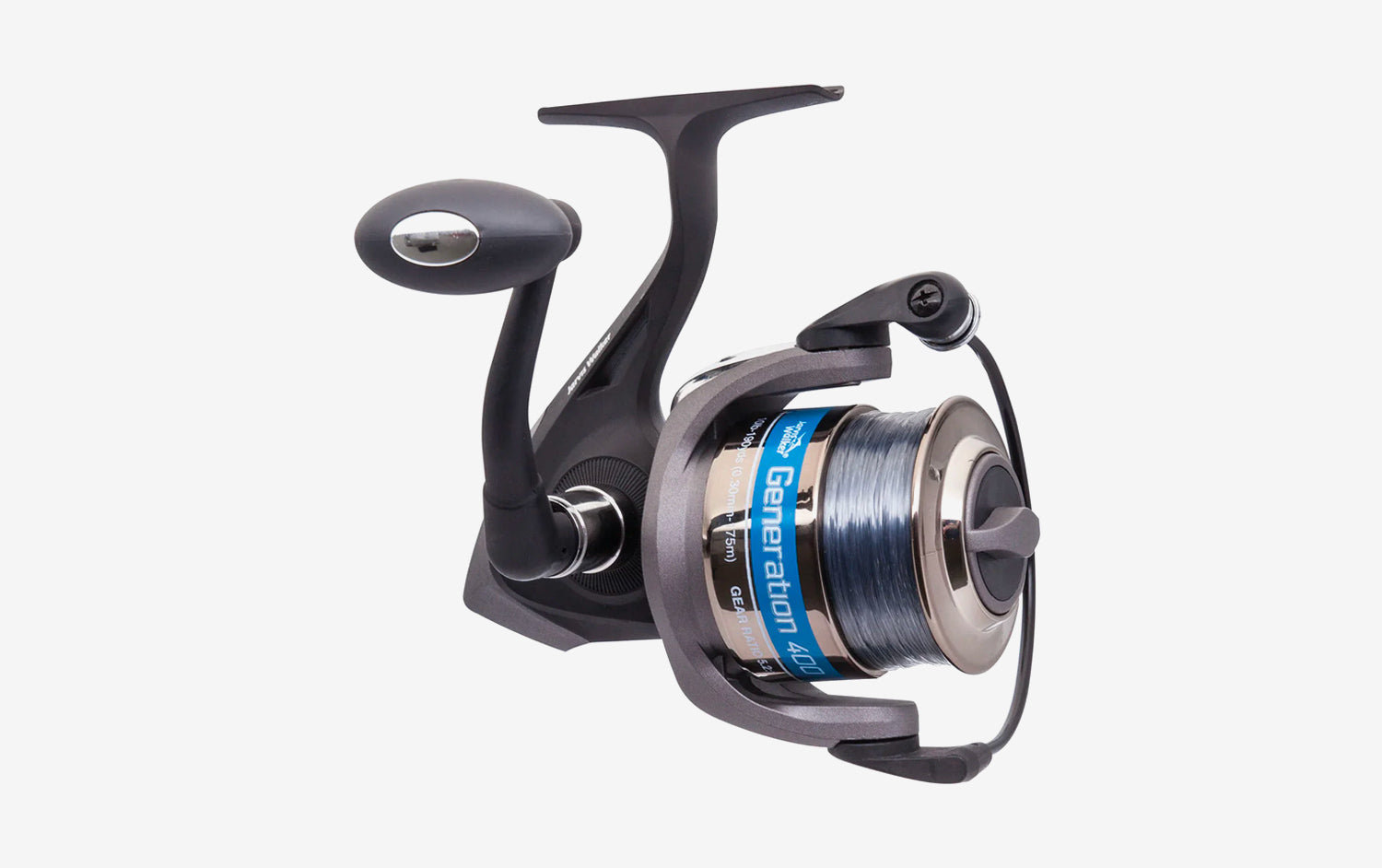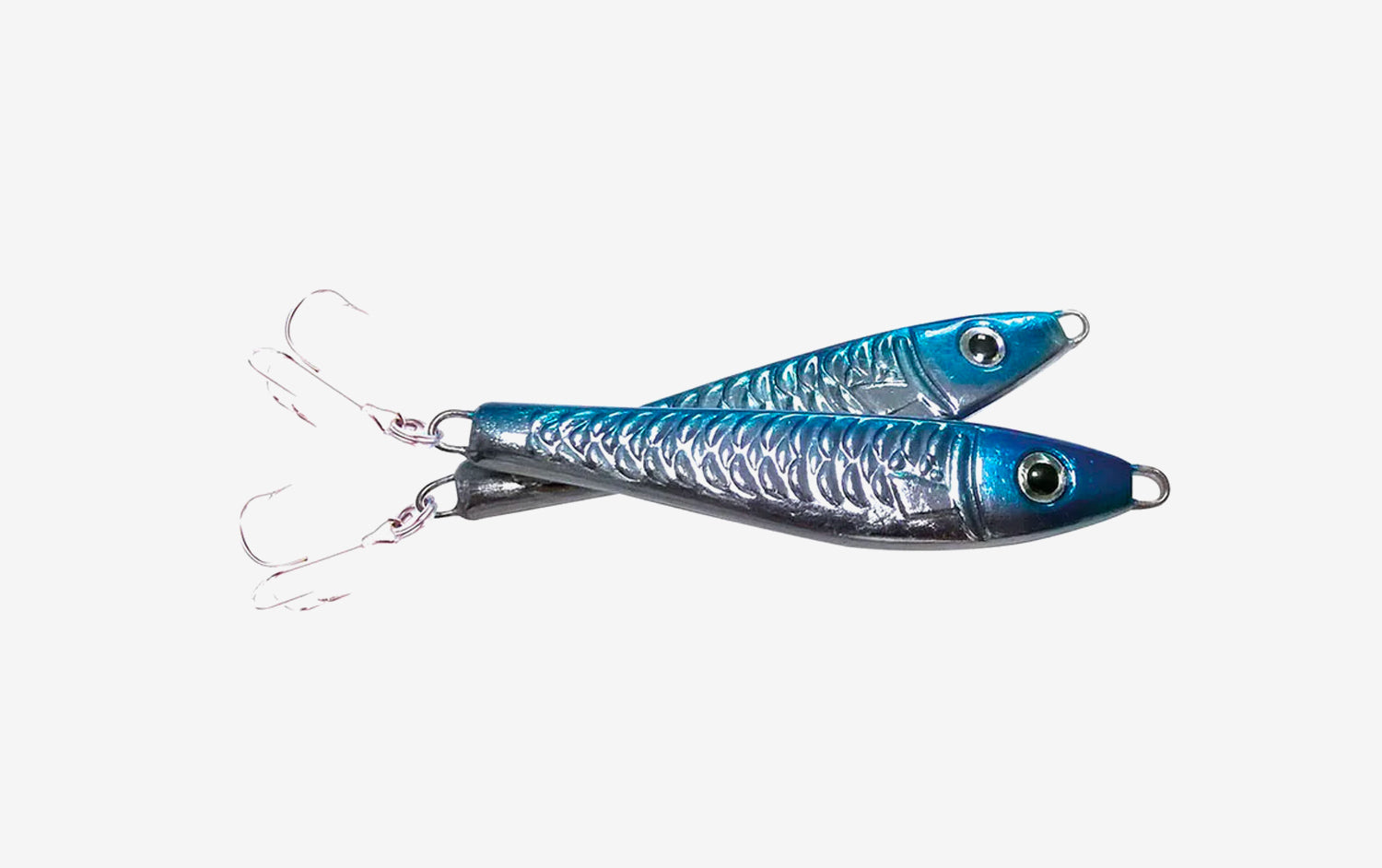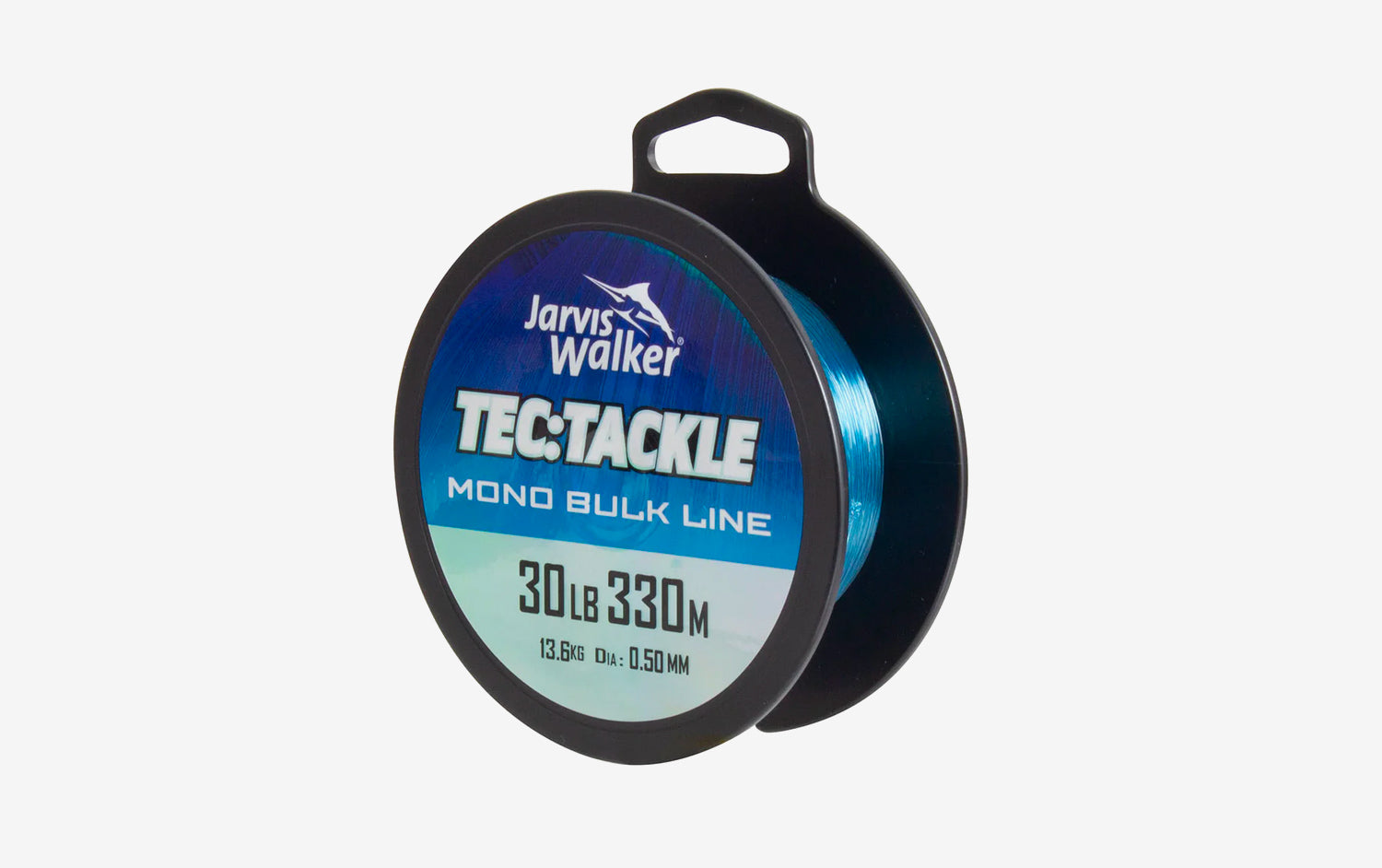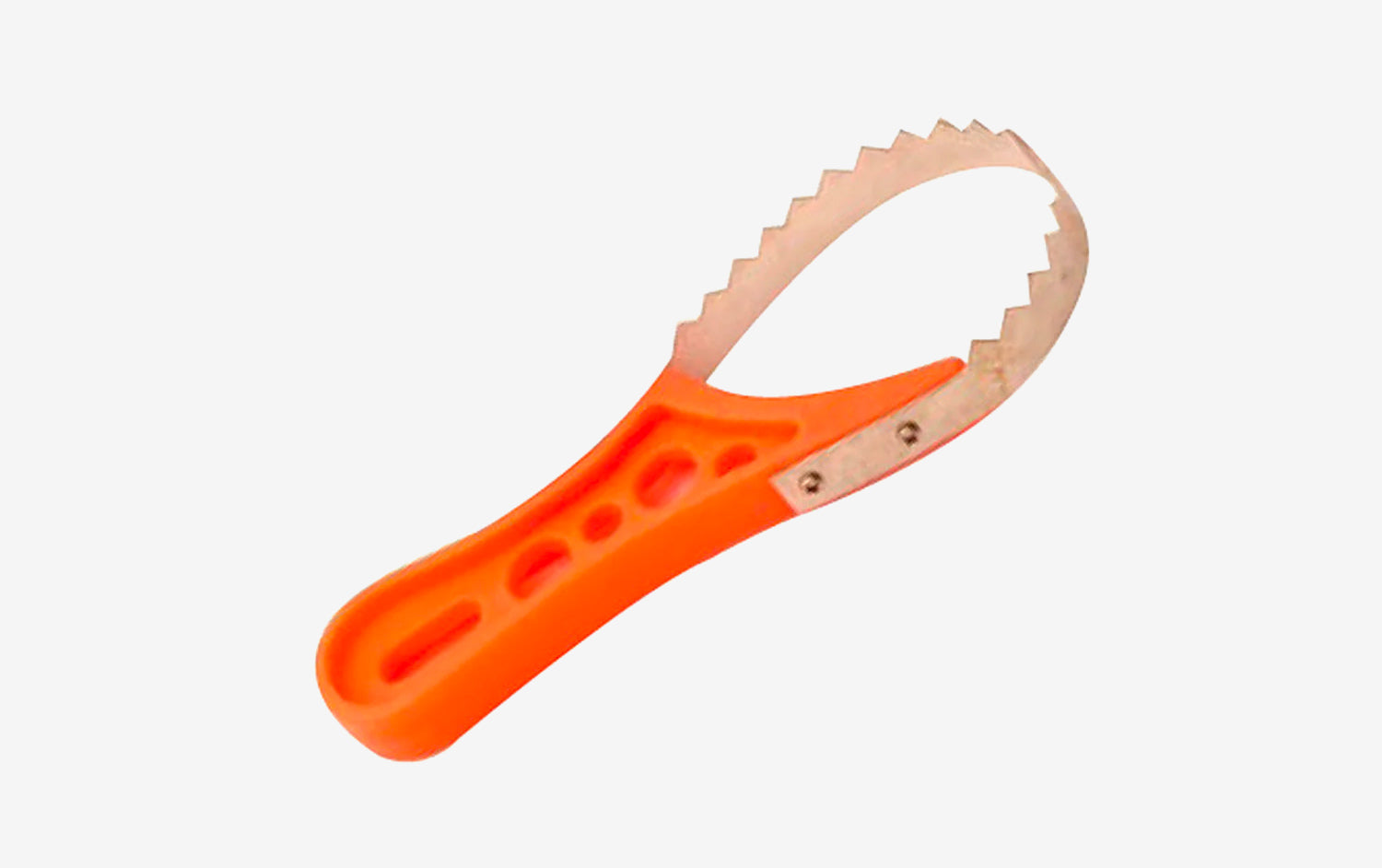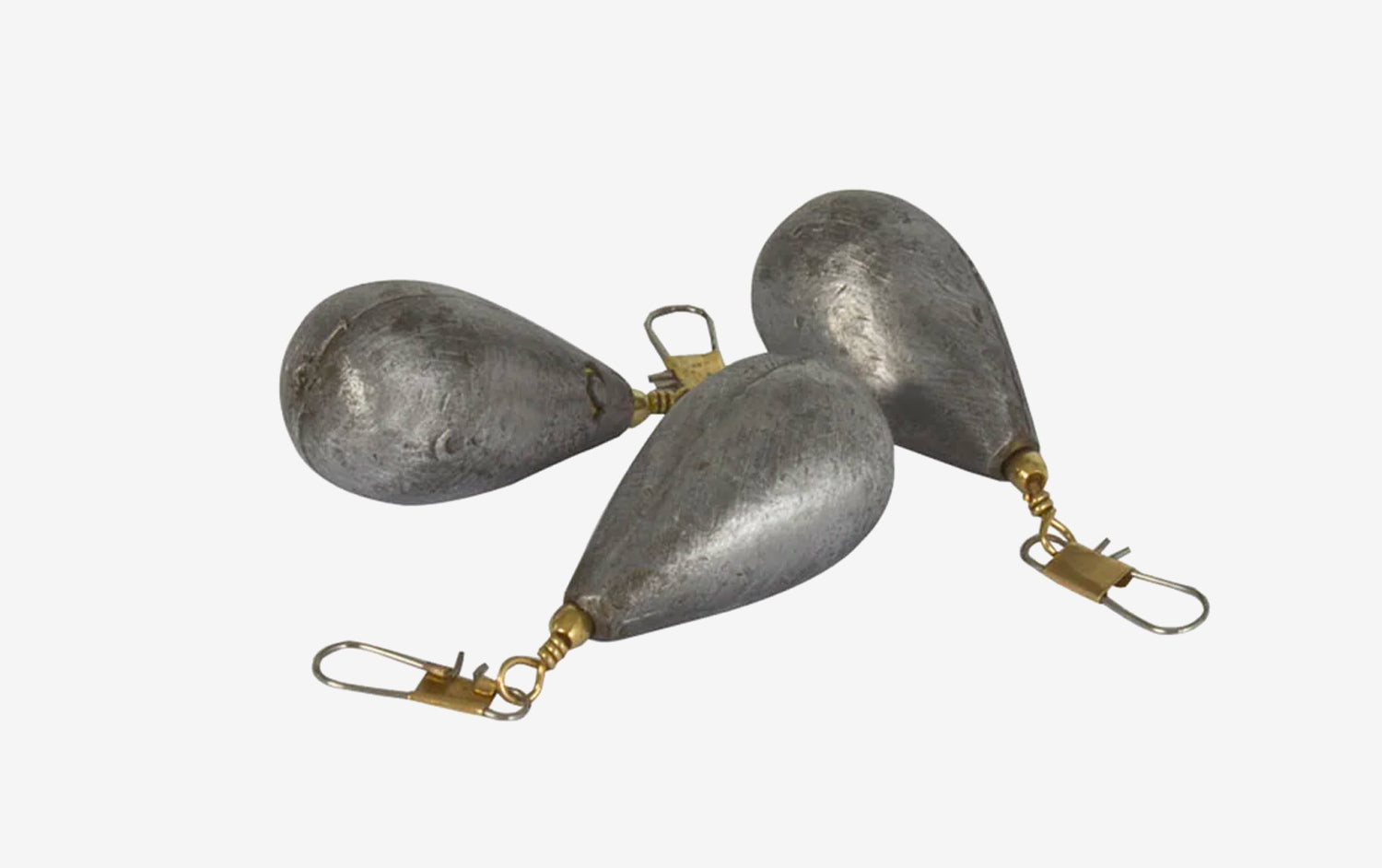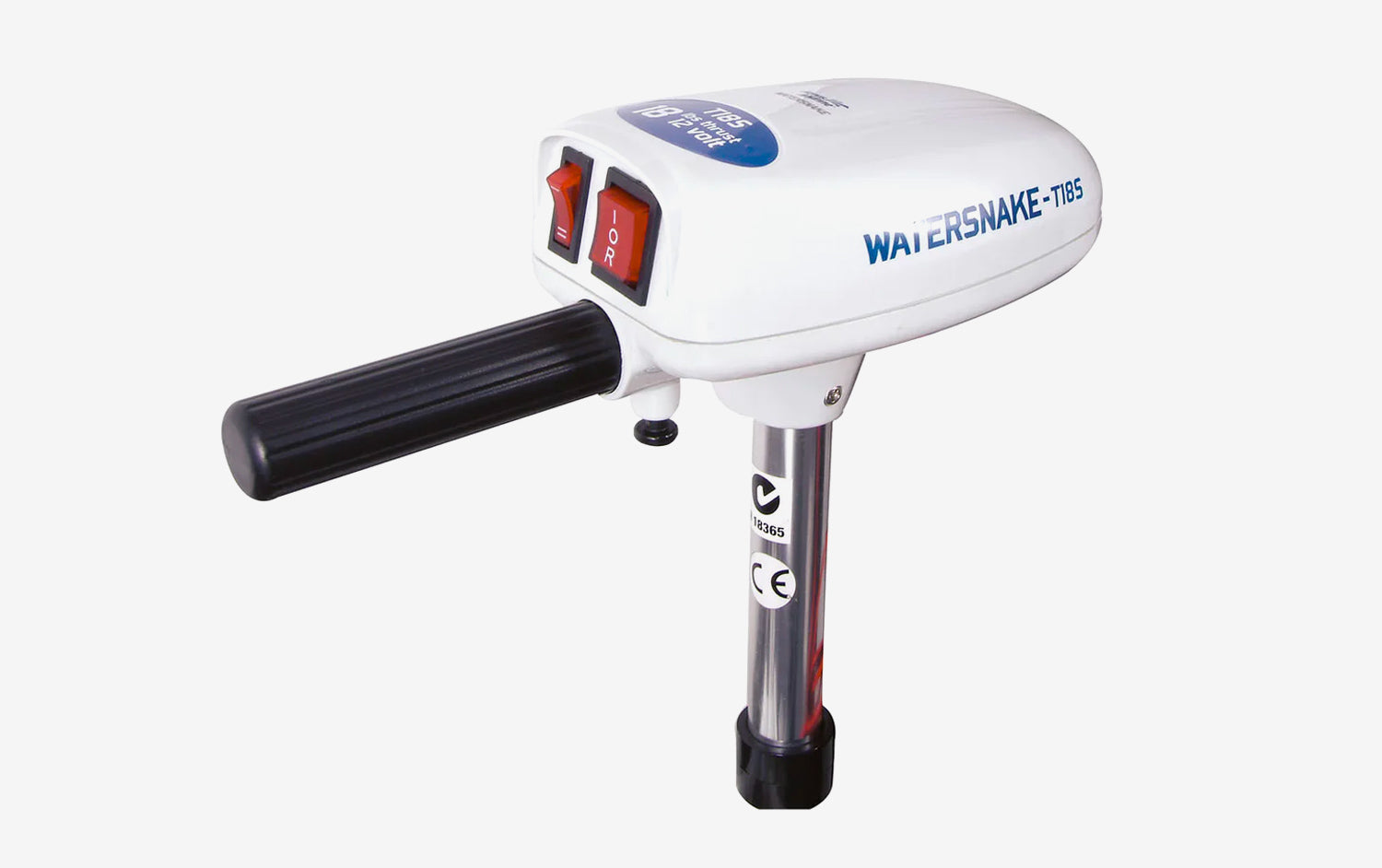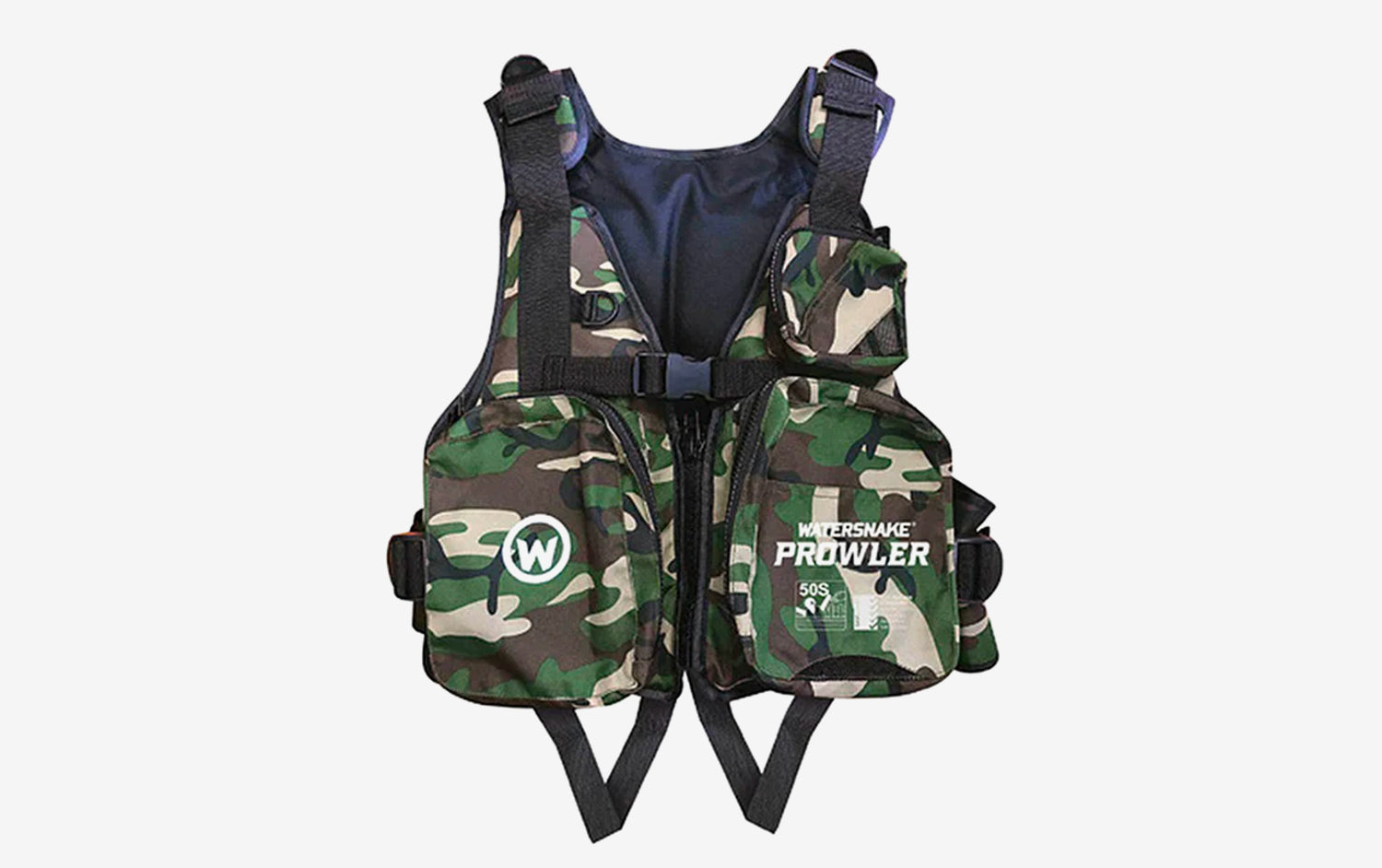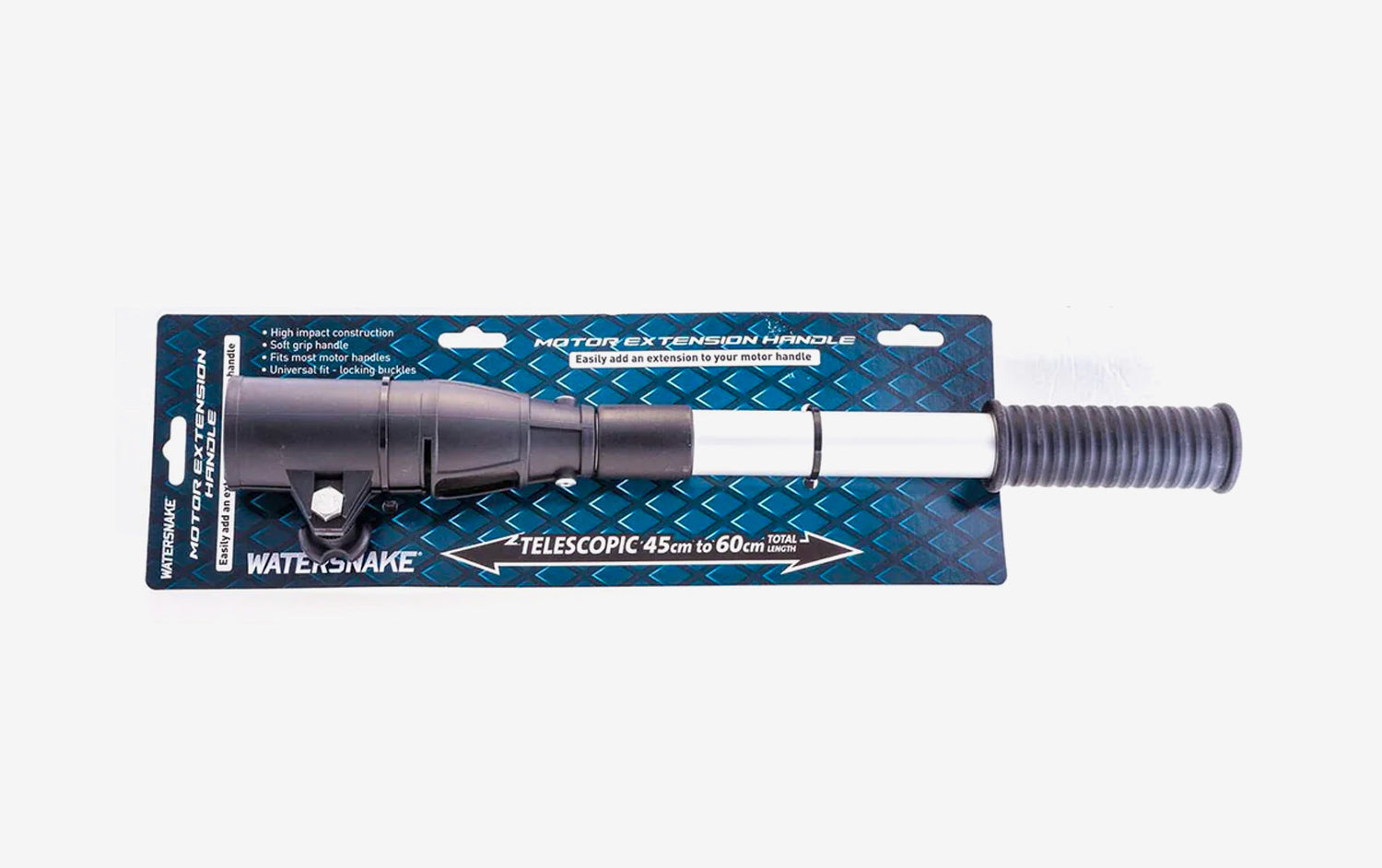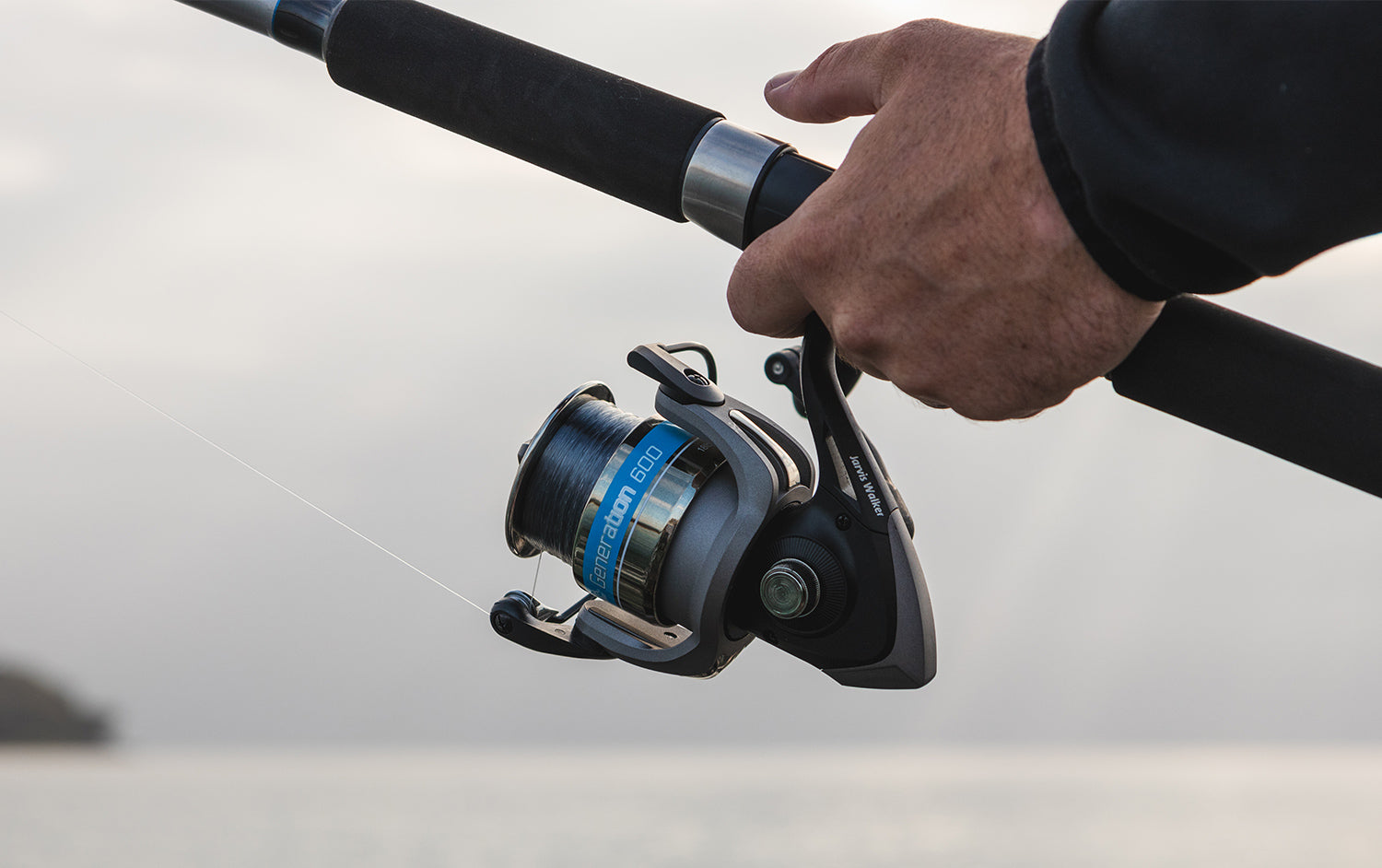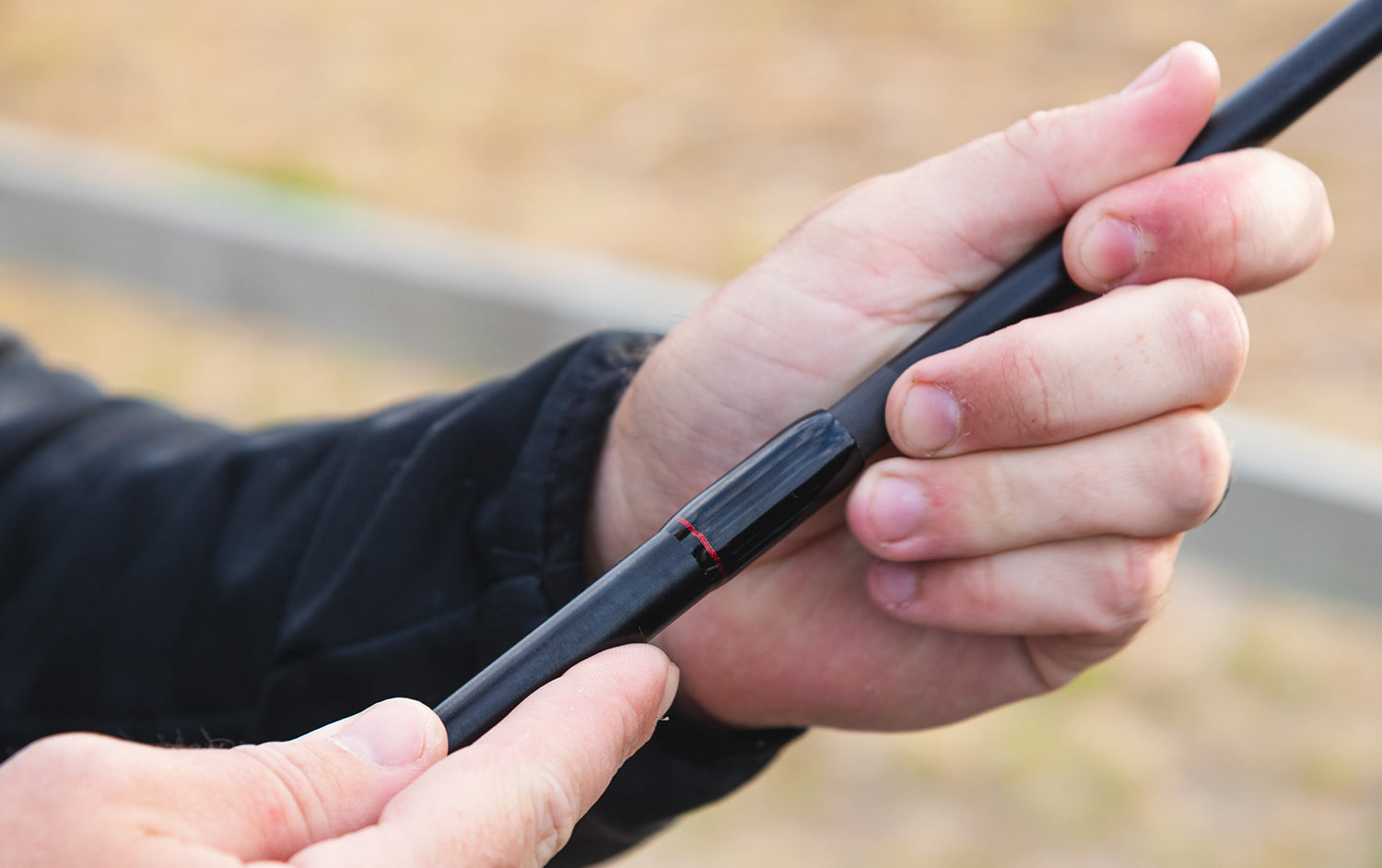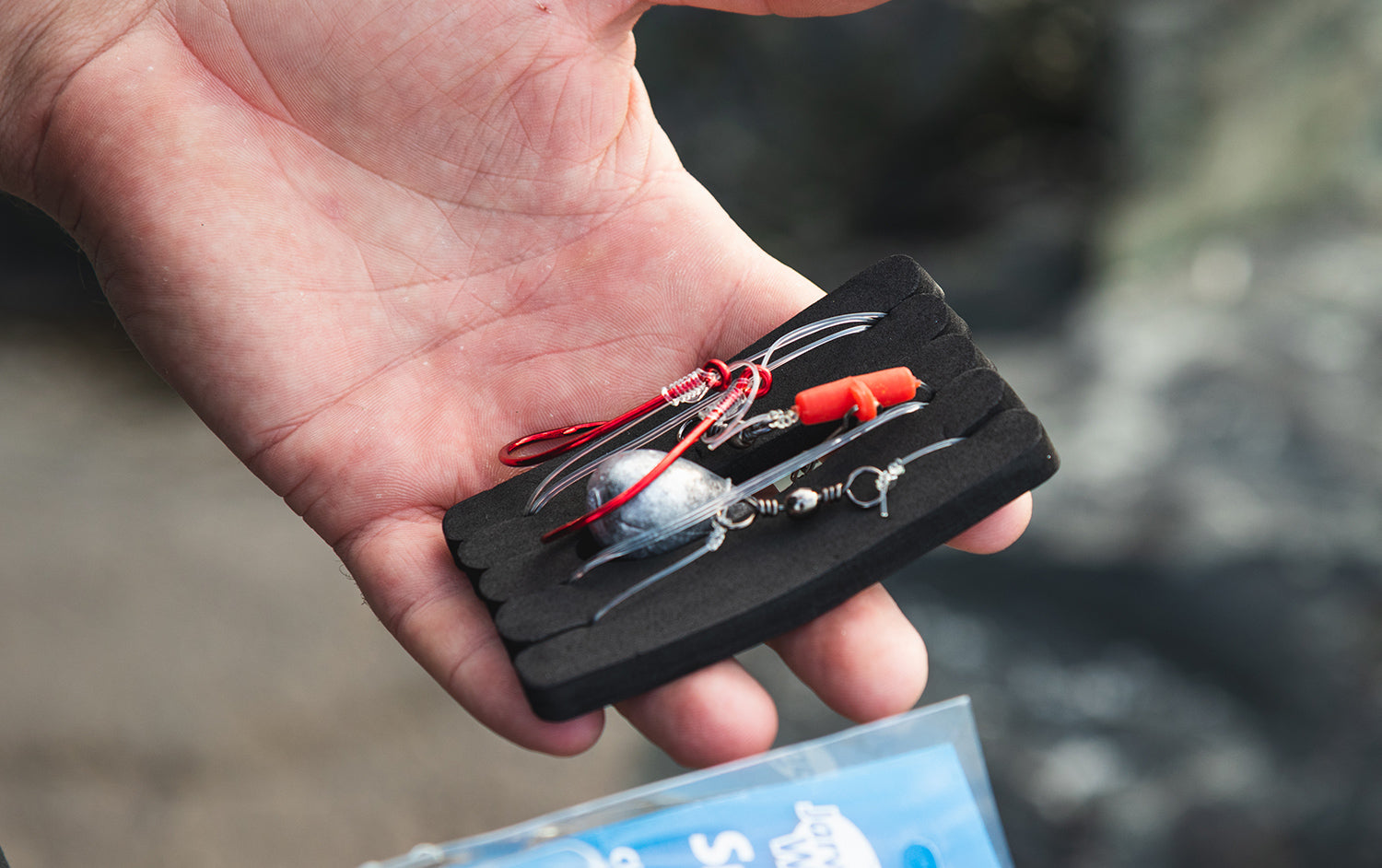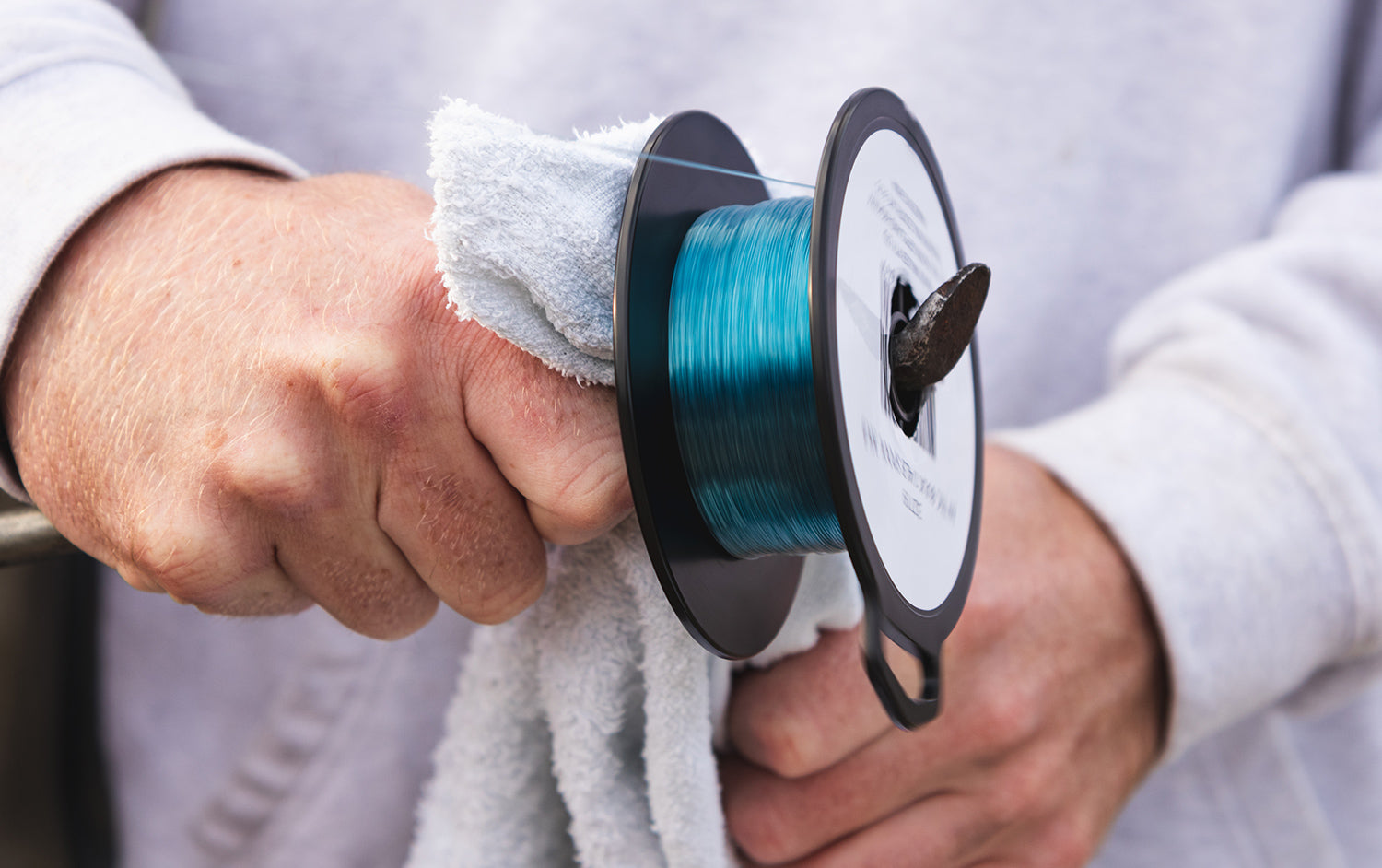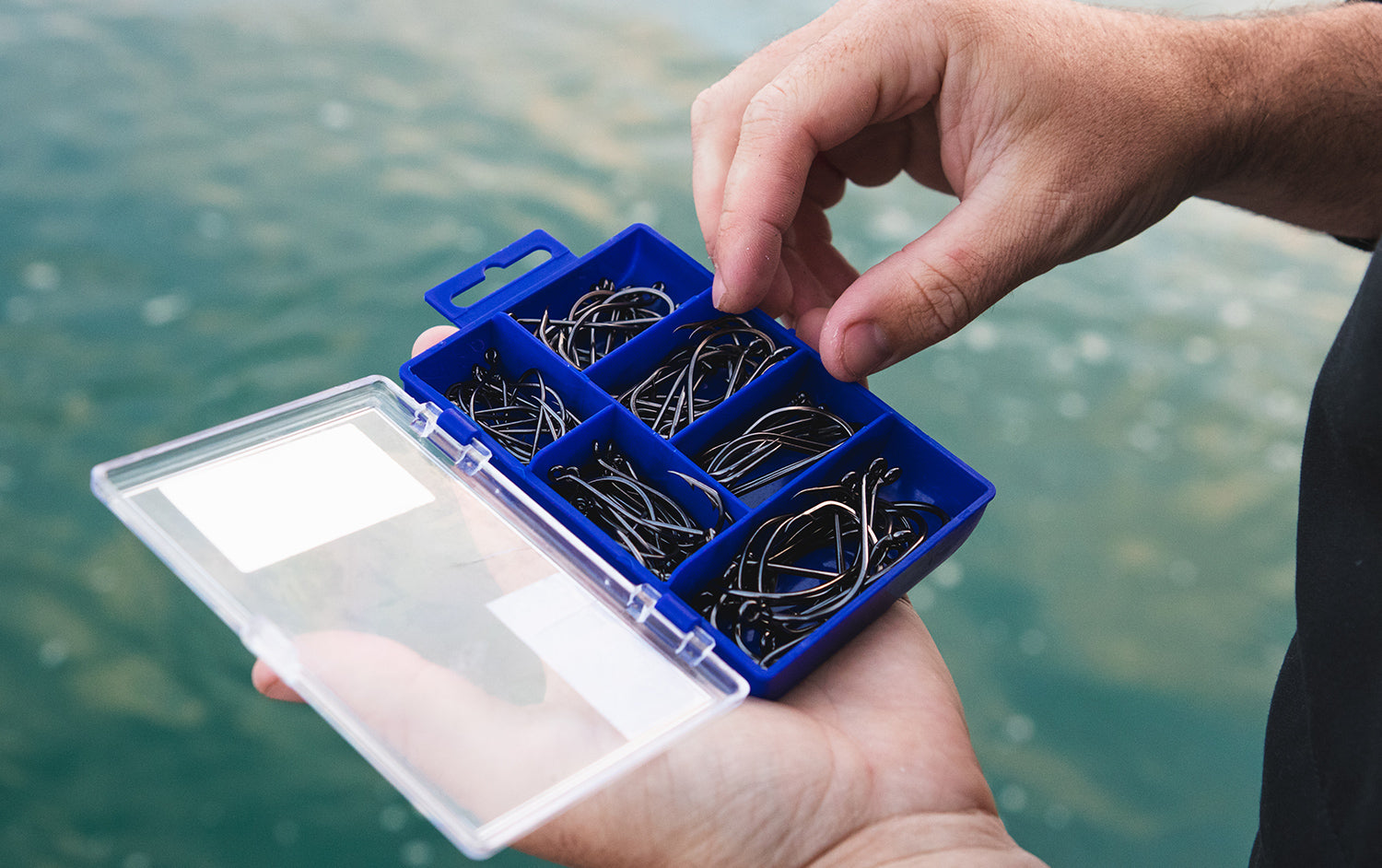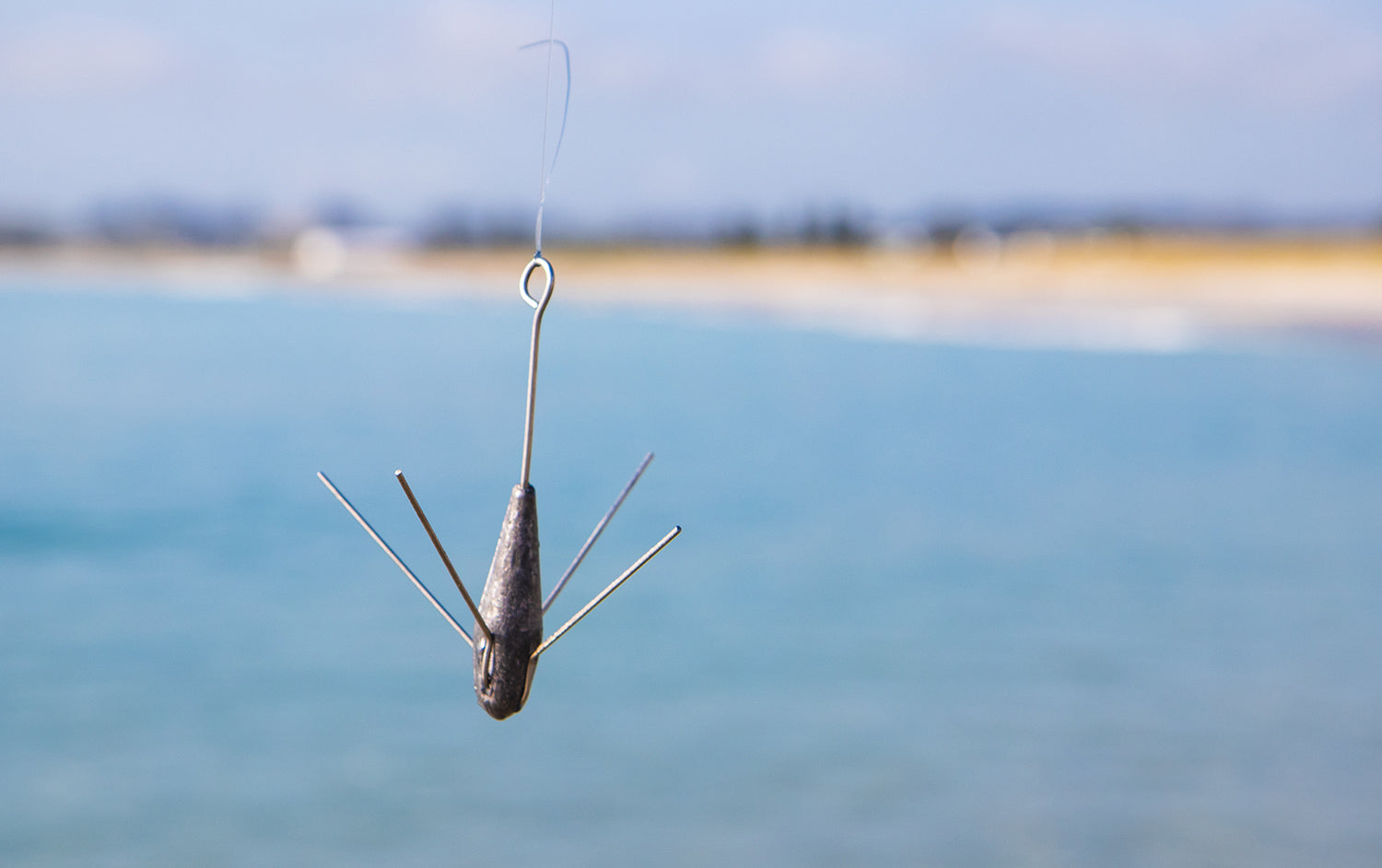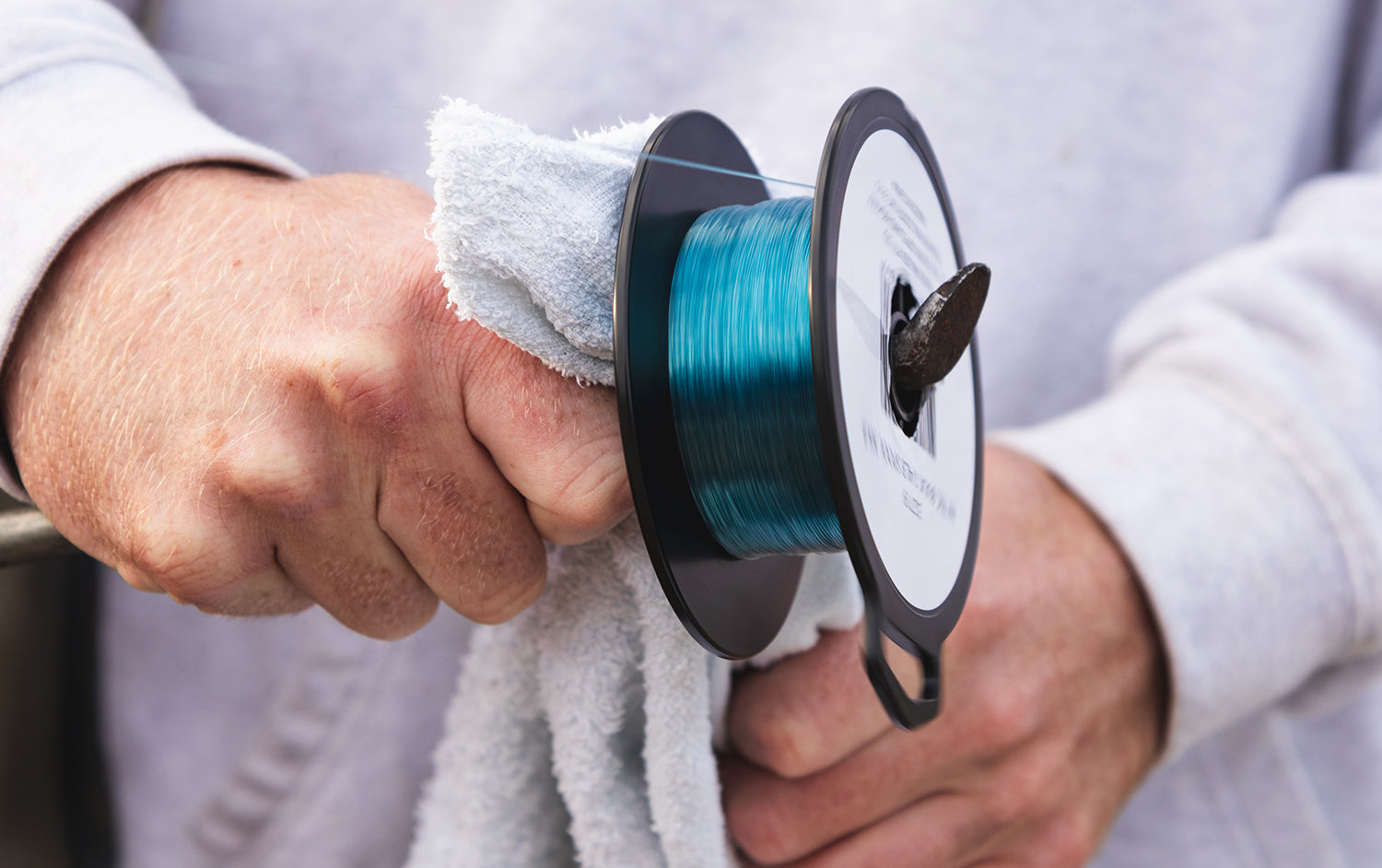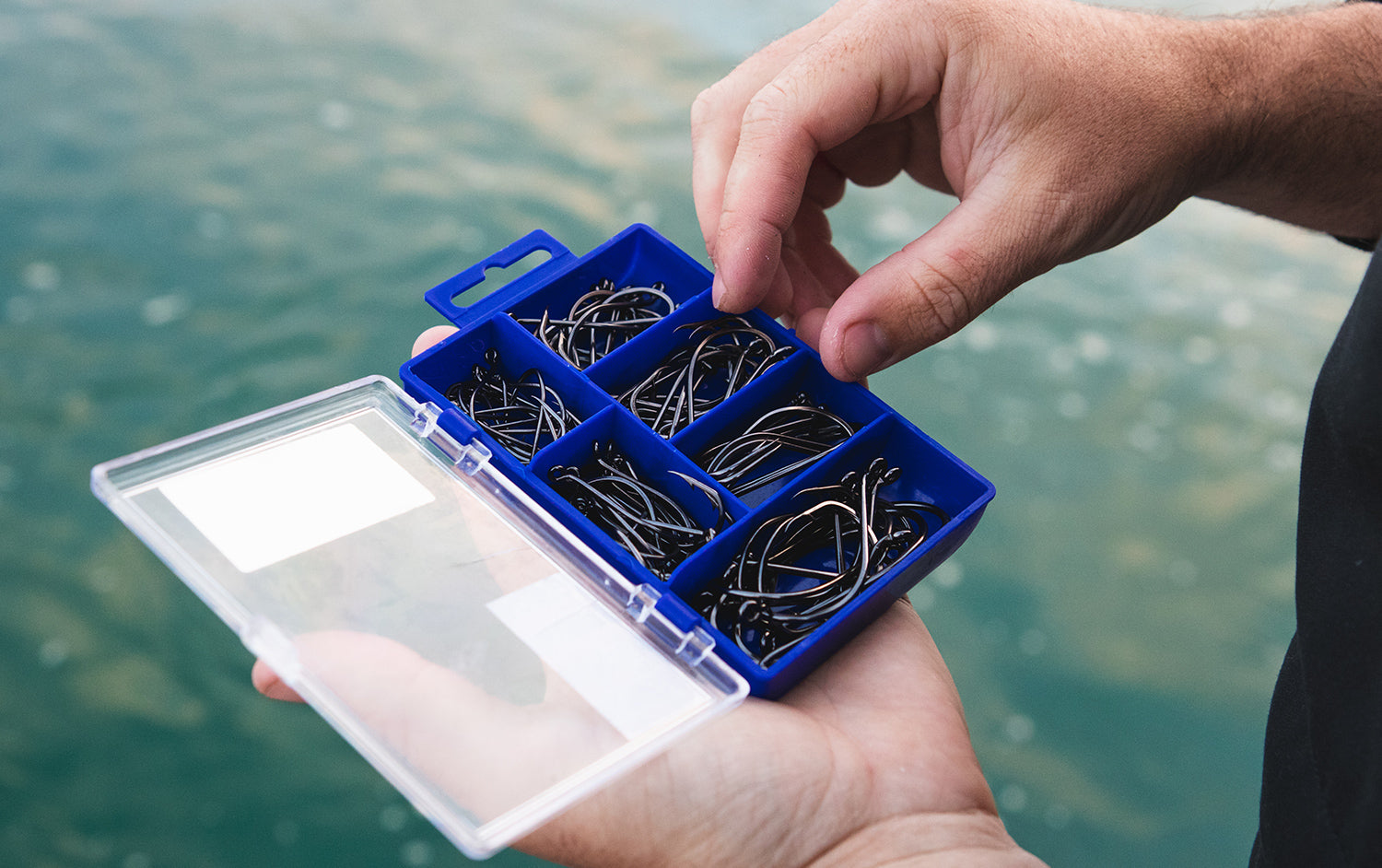Types of fishing line
The variety of fishing line from which to choose is enormous. From nylon and fluorocarbon monofilament, to gel-spun polyethylene—widely known as ‘braid’—and the many variations within each of those categories can make things confusing. So, how do you choose the best line for your style of fishing?
Standard nylon monofilament is a good start for beginners—it’s cost effective, comes in many varieties that suit all styles of fishing, plus it’s easy to handle and to tie knots with.
Fluorocarbon monofilament has basically the same properties as standard nylon monofilament except it is considered to be less visible to fish, often feels a bit stiffer and is more expensive. It’s only needed as a mainline if you’re fishing for timid species with sharp eyesight in crystal clear water. Many anglers prefer to use fluorocarbon as a leader, while running monofilament or braid as the main line.

Braided lines offer superior strength-to-diameter ratios to monofilament lines and the near-zero stretch properties offer anglers unmatched sensitivity and ‘feel’. The thin diameters facilitate more line on reel spools and less drag through the air and water, all of which are great advantages. Tying secure knots is more difficult with braid but this is easily overcome with some homework and practice and the effort is usually rewarded by its fishing advantages.
Braided lines offer superior strength-to-diameter ratios to monofilament lines and the near-zero stretch properties offer anglers unmatched sensitivity and ‘feel’.
Fishing line ratings
All fishing lines and leaders are rated in sizes referred to as either ‘breaking strain’, ‘strength’, ‘test’ or ‘rating’ — all the same thing by a different name, relating to the estimated weight-load at which the line will break. A rule of thumb for those unsure about which line strength to use is to choose one of the line strengths quoted on your reel’s line capacity listing.

Another way is think about what fish you plan to target andto what size that fish grows; this information should give you a rough estimate of what line strength you need. Otherwise, you can work in reverse from the drag setting and choose a line that is rated to three times the drag setting you intend to use. If you’re still unsure, ask your local tackle store staff for a line recommendation that matches the local species.
Avoid overkill. It may be tempting to cover all bases by using a line rated at 50kg, but heavy lines have disadvantages to consider. Thinner lines offer better casting distance and less drag in the water, but too thin and you’ll be sacrificing abrasion resistance. Go for balance and also remember that your line can only be as strong as your knots.

